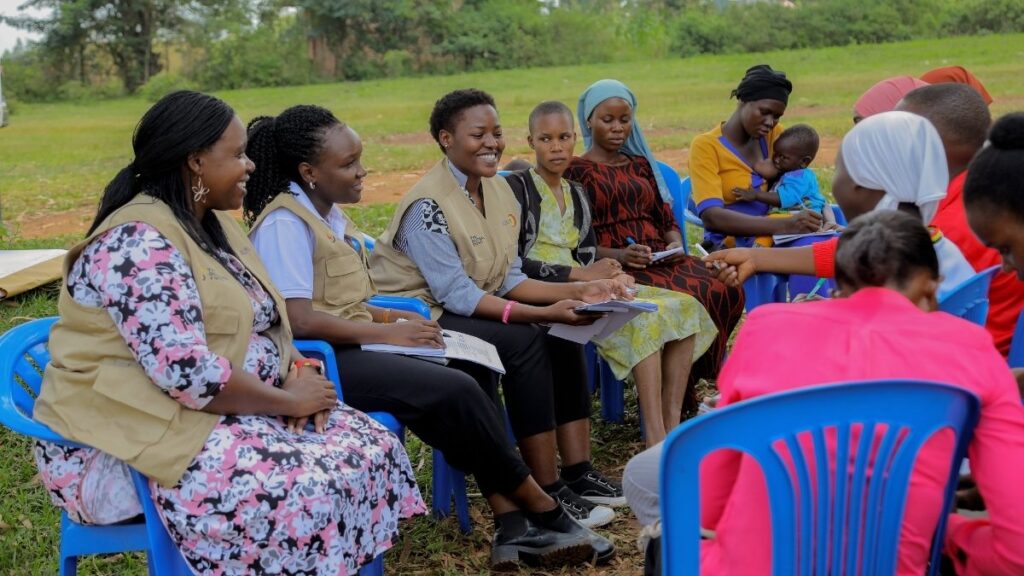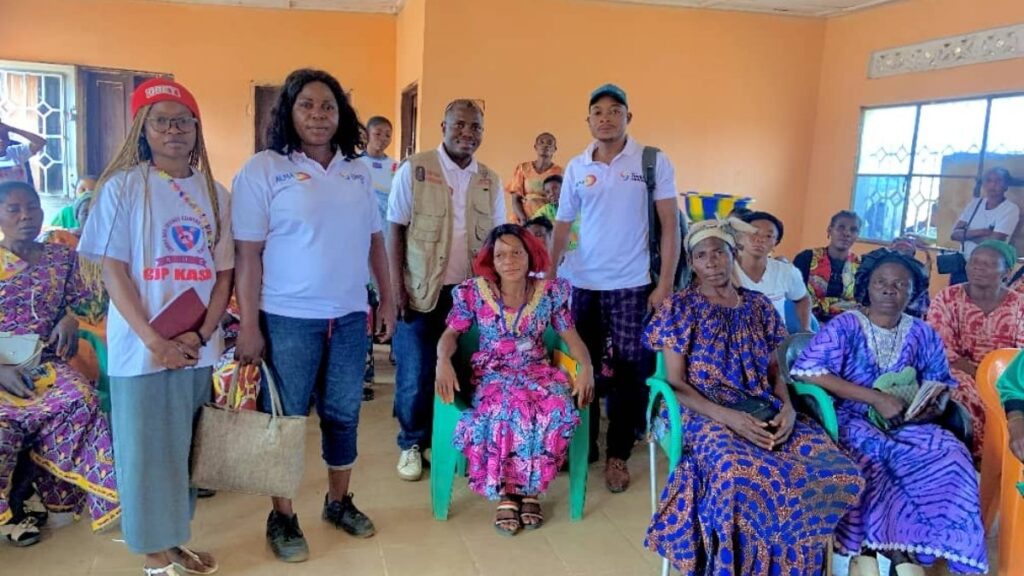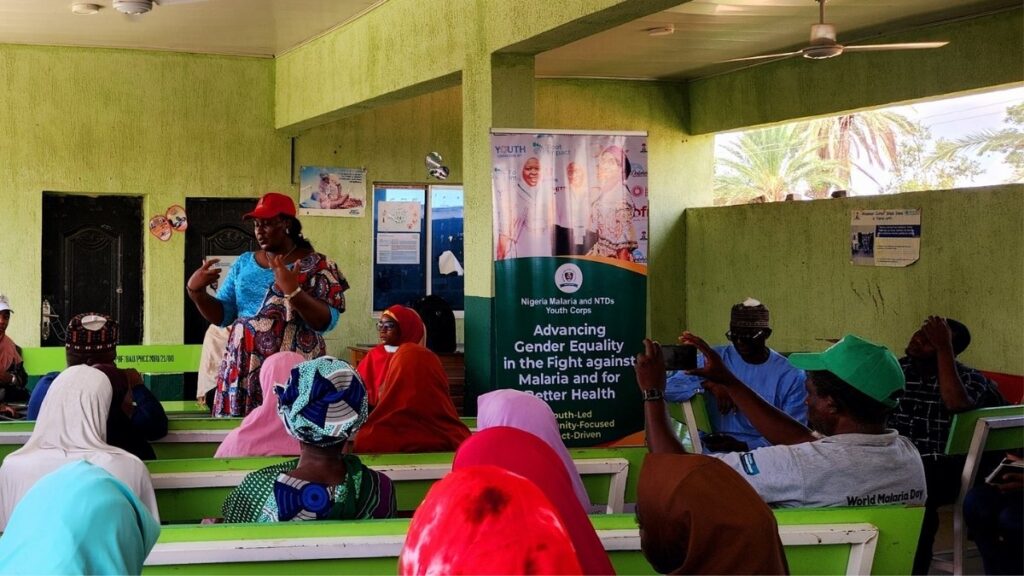Authors: By Shabangu Professor, Abuchamo Munhoto, and Adelina Chirindza
International Youth Day always brings a flood of motivational speeches about “the power of youth,” though for many of us, these are messages we have heard since our school days. This year, though, the theme “Local Youth Actions for the Sustainable Development Goals (SDGs) and Beyond” feels closer to home, emphasising the role of young people in bringing the SDGs to life locally and mirroring what we have been experiencing across the youth corps.

Youth champions conducting community dialogue sessions in Uganda.
Youth corps helping to improve local health services for girls and young women
In communities like ours, young people have always found ways to make health services work better, especially for girls and young women who are often left behind. Over the past year, this commitment has grown into a focused initiative, with the youth taking the lead in supporting the identification of real barriers, organising dialogues, and working with health workers and local leaders to find solutions that last. Now, under the umbrella of the Gender Equality Fund project, with support from the Global Fund and ALMA, we are expanding our reach, sharpening our focus on gender challenges in the malaria and health response, and linking our local actions to a bigger continental effort.
Youth champions leading community dialogues and driving local action
One moment stands out from our journey so far. In Mozambique, after a dialogue we led, a health worker told us she had never heard girls speak so honestly about their concerns before. That was the first time we realised our presence was making real change possible. In Eswatini, mothers talked openly about why long clinic queues make them hesitate to seek care, while adolescent girls admitted how harsh words from nurses can keep them away. That kind of honesty only emerges when youth from the same community are leading the discussion.
This experience is echoed far beyond just Eswatini and Mozambique. Across the Democratic Republic of Congo, Nigeria, Zambia and Uganda, where our youth corps counterparts are also implementing the Gender Equality Fund project, we see young people have stepped into roles once exclusively reserved for senior staff or visiting officials. We have turned scorecard data into questions that matter to communities. In Zambia, for example, a youth-led session encouraged the clinic to set up a confidential corner for adolescent girls, following the girls’ own suggestions. In Uganda, after a community dialogue, the local health facility agreed to open earlier for pregnant women and set up a private space for girls.

Youth champions conducting community dialogue sessions in the Democratic Republic of Congo.
As youth, we have discovered that leading these sessions brings out both new challenges and unexpected strengths. Taking on roles usually held by older staff or visiting officials meant we had to quickly learn how to handle everything from tense conversations to language barriers and even the occasional scepticism from community elders. It is not always easy. Sometimes, we have to pause for translation into local dialects. There have been moments when finding a true gender balance in participation required extra effort and more than one round of invitations.
Still, each obstacle has turned into a lesson. When more young women were given a chance to lead, we saw girls in the community speak up more freely about their needs. When youth themselves handled the scorecards and followed up with clinics, health workers took the feedback seriously. Parents and elders began to expect us at meetings, and even looked to us for updates on what had changed since the last session.
Small, local changes can have a big impact
We have also realised that the power of this approach is not only in the big policy ideas, but in the small, local changes that make health services feel safer and more respectful. Sometimes, it is a new corner in a clinic for private consultations. Sometimes, it is changing the queue system so mothers with young children are not waiting in line for hours. Sometimes, it is simply making sure adolescent girls know where to go and who will listen when they need help. Each of these changes is a direct result of young people being trusted to lead.

Youth champions conducting community dialogue sessions in Nigeria.
Guiding conversations and carrying ideas forward
Looking back, the most important thing we have learned is that youth leadership is not about being given a seat at the table, but about being trusted to guide the conversation and carry ideas forward. When communities see young people leading, honesty grows and solutions come from those who live with the challenges every day. This is not only changing the way health services are delivered in our areas, but also how we see our own role, as partners, problem-solvers, and, most of all, neighbours.
As we celebrate International Youth Day, we do so not with slogans or promises, but with the proof of what happens when youth are allowed to lead real change. For others considering how to bring Sustainable Development Goals to life in their own communities, our advice is simple: trust your youth. Give them room to learn, let them listen, and support them as they shape the future. The results might surprise you.
About the authors
Shabangu Professor (Eswatini), Abuchamo Munhoto, and Adelina Chirindza (both Mozambique) are youth corps leads in their countries, currently implementing the Gender Equality Fund project. This youth-driven initiative, supported by the Global Fund and ALMA, empowers young people to lead community-based solutions to gender and health challenges in Mozambique, Zambia, Uganda, DRC, Nigeria, and Eswatini.
